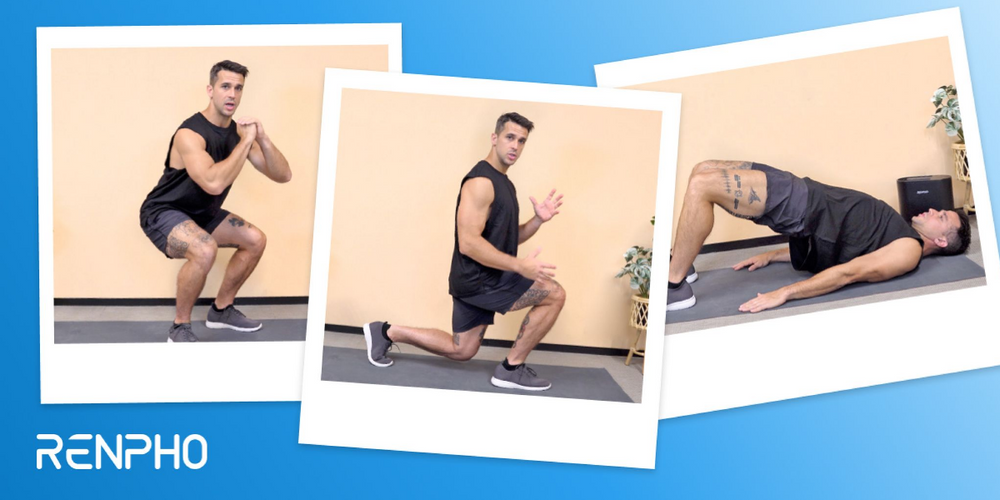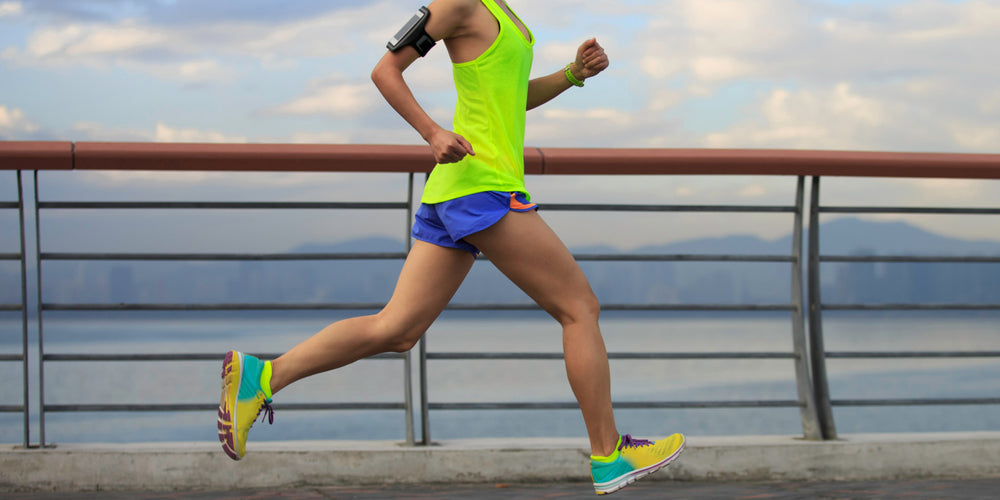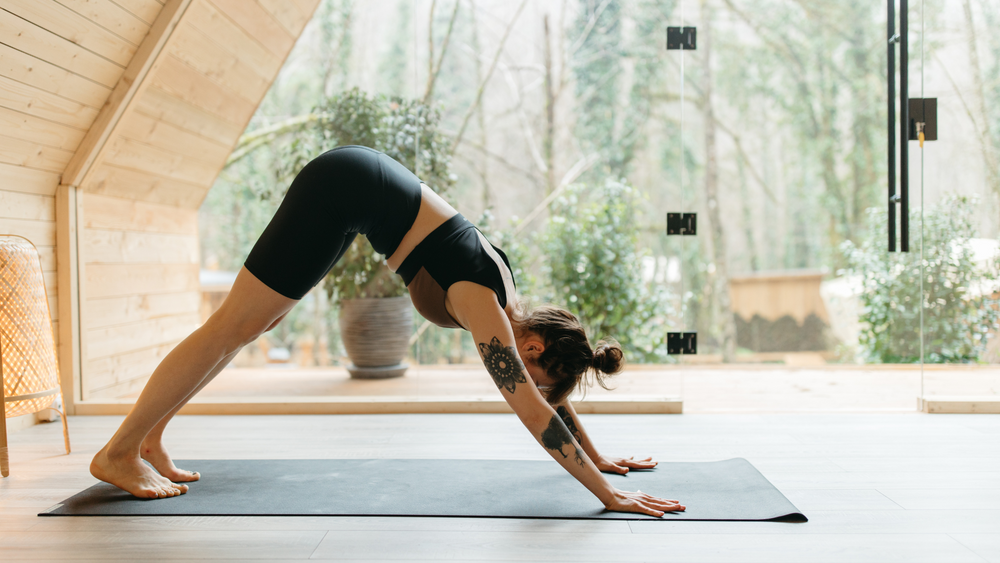In the realm of sports, Europe stands as a mosaic of nations united by a shared passion for athleticism and competition. From the lush green pitches of football stadiums to the snowy alpine slopes of skiing resorts, sports form an integral part of European culture. However, the pursuit of victory and the joy of physical exertion are not without their risks. Injuries are an inevitable shadow that trails the footsteps of every athlete, from amateurs enjoying a weekend game to professionals competing on the international stage. Understanding the common injuries that can occur during these spirited endeavors and knowing how to treat them is essential for any athlete’s toolkit. It’s not just about healing; it’s about empowering athletes with the knowledge to prevent future injuries and to treat them effectively should they occur.
Understanding Common Sports Injuries

Participating in sports is a fantastic way to stay fit and have fun, but it comes with its fair share of risks. Sports injuries can happen to anyone, from professional athletes to weekend warriors. However, with proper knowledge and precautions, these injuries can be minimized or even prevented. In this article, we will explore some common sports injuries and provide valuable tips on how to prevent them, ensuring a safer game for all.
One of the most prevalent sports injuries is the sprained ankle. Whether you are on the basketball court or football field, rapid changes in direction and uneven surfaces can lead to rolled ankles. Understanding your body's limitations and taking appropriate caution before engaging in physical activities can significantly reduce the risk. Wearing proper footwear with good ankle support, regularly strengthening the muscles around the ankle joint, and warming up adequately before any strenuous activity are crucial preventive measures.
Another common sports injury involves the knees, which can undergo immense stress during activities like running, jumping, or sudden stops. Conditions such as ACL (Anterior Cruciate Ligament) tears, patellar tendonitis, or meniscus tears are often associated with sports like soccer, basketball, and skiing. To avoid these injuries, it's vital to strengthen the muscles surrounding the knee joint through targeted exercises. Maintaining proper form and technique while performing high-impact movements like jumping or landing is equally essential. Wearing knee braces or supportive gear when necessary can also provide stability and protection to reduce the risk of injury.
Concussions are serious injuries that can occur in contact sports like football, hockey, or rugby. A concussion happens when a blow to the head causes the brain to move rapidly inside the skull. Recognizing and addressing concussion symptoms promptly is crucial for a safe recovery. Athletes, coaches, and parents should be educated about the signs of a concussion, including dizziness, confusion, headaches, and memory loss. Wearing protective headgear, following proper tackling techniques, and emphasizing fair play can go a long way in reducing the likelihood of concussions in sports.
Overuse injuries are a result of repetitive motions over an extended period and are common in sports like baseball, tennis, and golf. These injuries often affect the shoulders, elbows, wrists, and hips. To prevent overuse injuries, athletes need to listen to their bodies and take regular breaks to rest and recover. Implementing proper training programs, including a variety of exercises to strengthen multiple muscle groups, can also help prevent the strain caused by continuous repetitive motions.
No matter the sport, athletes should always prioritize warm-ups and good stretching routines before engaging in intense physical activity. Proper warm-up exercises increase blood flow to the muscles, increasing their flexibility and reducing the risk of muscle strains or tears. Incorporating dynamic stretches, such as leg swings or arm circles, into warm-up routines is highly effective in enhancing performance while preventing injuries.
Risk Factors for Sports Injuries

When it comes to engaging in sports, ensuring a safe and injury-free experience should always be a top priority. Unfortunately, sports injuries are a common occurrence, with thousands of athletes suffering from sprains, strains, fractures, and other types of injuries each year. However, by understanding the risk factors associated with sports injuries, athletes can take proactive measures to prevent them and stay in the game.
One of the key risk factors for sports injuries is inadequate warm-up and stretching routines. Failing to properly prepare the body before engaging in physical activity can lead to muscle imbalances and reduced flexibility, increasing the likelihood of injuries. Athletes should make it a practice to dedicate sufficient time to warm up their muscles and stretch before every practice, game, or workout session. This will help increase blood flow, warm up the muscles, and improve flexibility, ultimately reducing the risk of strains and sprains.
Another significant risk factor is overtraining or not allowing enough time for rest and recovery. Pushing the body beyond its limits without proper rest can lead to fatigue, weakening the muscles and increasing the chances of a sports injury. Athletes should establish a balanced training program that includes rest days and ample time for recovery. Moreover, maintaining a healthy lifestyle with adequate sleep, nutritious diet, and enough hydration are crucial in preventing sports injuries.
Improperly fitting or worn-out sports equipment is another risk factor that should not be overlooked. Ill-fitting shoes, outdated helmets, or worn-out padding can significantly increase the risk of injuries. Athletes should regularly check their equipment and ensure it is in good condition. Investing in appropriate gear that is well-suited to the sport being played can provide added protection and reduce the likelihood of injuries.
Furthermore, not following proper rules and techniques can make an athlete more susceptible to injuries. Each sport has specific rules and techniques that should be followed to minimize the risk of harm. Ignoring these guidelines can result in accidents and injuries. Athletes should receive proper training and adhere to the rules and techniques set by their coaches or trainers to stay safe during gameplay.
Lastly, a lack of conditioning and poor physical fitness can increase the chances of sports injuries. It is important for athletes to maintain a consistent exercise regimen that focuses on building strength, endurance, and flexibility. Proper conditioning helps athletes build a strong foundation and prepares the body for the physical demands of their sport. By working on their overall fitness, athletes can reduce the risk of injuries and improve their performance.
Types of Sports Injuries

1. Sprains and Strains
Sprains and strains are among the most common sports injuries, affecting athletes across all disciplines. A sprain is an injury to the ligaments—the tough bands of fibrous tissue that connect bones to each other—which occurs when they are stretched beyond their normal capacity or torn. This often happens during falls, twists, or impacts. Strains, on the other hand, involve the stretching or tearing of muscles or tendons, which are the tissues that connect muscles to bones. These injuries are frequently the result of overexertion or improper technique.
The RICE method—Rest, Ice, Compression, Elevation—is widely recognized as an effective first aid treatment for these injuries. Resting prevents further injury and allows the healing process to begin. Ice helps reduce swelling and inflammation. Compression with an elastic bandage provides support and minimizes swelling, and elevation of the injured area above the heart level further reduces swelling by increasing venous return.
After the initial acute phase, rehabilitation exercises are crucial. They help restore flexibility, improve strength, and ensure the proper healing of the affected tissues. It’s important to follow a gradual and progressive exercise program, as returning to full activity too quickly can lead to re-injury.
2. Knee Injuries
The knee is a complex joint that bears a significant amount of the body’s weight, making it particularly vulnerable to injury. Common knee injuries include anterior cruciate ligament (ACL) tears, which are often the result of sudden stops or changes in direction, and meniscus damage, which can occur from twisting movements or direct impact.
Treatment for knee injuries varies depending on the severity. Minor injuries may only require physiotherapy, which can include exercises to strengthen the muscles around the knee, improve flexibility, and increase range of motion. More severe injuries, such as complete tears, may necessitate surgical intervention to repair or reconstruct the damaged structures.
Following surgery, a structured rehabilitation program is essential to regain knee function. This program typically involves a combination of physical therapy, strength training, and gradually increasing activity levels to ensure a safe return to sports.
3. Fractures
Fractures, or breaks in the bone, are serious injuries that demand immediate medical attention. They can range from simple fractures, which may only need a cast or splint for immobilization, to complex ones that require surgical intervention to realign and stabilize the bone fragments.
The healing process for fractures can be lengthy, and it’s imperative to allow the bone to heal fully before resuming activities. Rehabilitation after a fracture focuses on restoring the full range of motion, rebuilding strength, and ensuring that the injured area regains its normal function.

4. Dislocations
Dislocations occur when the ends of bones are forced out of their normal positions, usually as a result of a fall or a blow. This type of injury often affects the shoulders, knees, and fingers.
Immediate reduction, which is the process of realigning the dislocated bones, is required to treat a dislocation. This is typically followed by a period of immobilization to allow the joint structures to heal. Rehabilitation exercises are then used to strengthen the muscles around the joint, improve flexibility, and prevent future dislocations.
5. Tendinitis
Tendinitis is the inflammation of a tendon, the thick cords that attach muscle to bone. It’s often caused by repetitive motions that put stress on the tendon over time, leading to pain and swelling.
Treatment for tendinitis includes rest to allow the tendon to heal, ice to reduce inflammation, anti-inflammatory medications to manage pain, and physical therapy to stretch and strengthen the affected area. It’s also important to evaluate and adjust the technique or equipment that may be contributing to the problem to prevent recurrence.
The RENPHO Aeria Elementary Thermal Calf and Foot Massager is a versatile device designed to provide relief and aid in the recovery process for athletes suffering from sports injuries. With its three modes and intensities, it simulates professional hand movements to massage the legs, offering a soothing experience that can help relax muscles and promote faster muscle recovery. The addition of a heating function for both feet and calves not only enhances comfort but also improves circulation, which is vital for healing and improving sleep quality.
For those dealing with injuries such as sprains, strains, or tendinitis, the massager’s gentle compression and warmth can help reduce inflammation and alleviate pain. The adjustable wraps ensure a snug fit for most body shapes, making it an accessible tool for athletes looking to maintain their muscle activity before workouts or seeking a comforting massage after intense physical exertion. By incorporating this massager into their recovery routine, athletes can enjoy the benefits of a therapeutic massage that complements their treatment plan, potentially shortening their recovery time and improving overall well-being.
Renpho Health Tips
-

Exercises You Can Do to Develop Strong Legs This New Year
Jan 30, 2023
Read more >
-

3 Simple Home Workout Moves for Your Next Leg Day
Feb 15, 2023
Read more >
-

Relax and Recharge Your Body with the Amazing Benefits of Shiatsu Massagers
Feb 27, 2024
Read more >
-

Faster and Stronger: 5 Exercises to Improve Your Running
May 15, 2023
Read more >
-

Relieve Stress with Pilates: 5 Exercises to Try Today
Apr 3, 2023
Read more >

